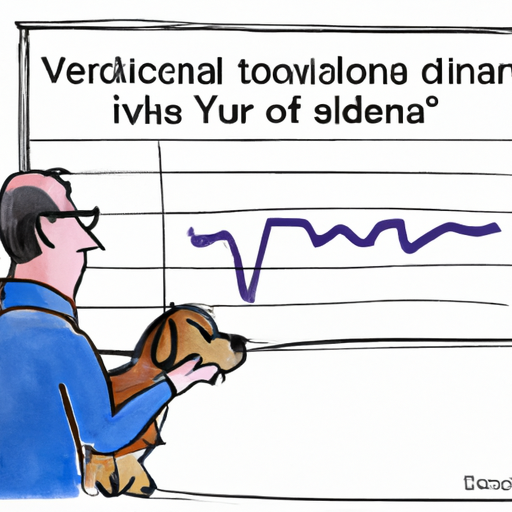As a caring and devoted pet parent, it’s natural to want only the best for your furry friend. When you learn that your dog’s SDMA (Symmetric Dimethylarginine) levels are elevated, it can be worrisome. But don’t fret; there are measures you can take to lower these levels. This guide will walk you through the process, step by step.
What is SDMA?
SDMA is a biomarker of kidney function, and elevated levels could indicate kidney disease. However, various factors can influence SDMA levels, including age, diet, and other health conditions. Understanding SDMA is crucial in addressing its underlying cause and implementing appropriate interventions.
How to Lower SDMA Levels: A Step-by-Step Guide
Here’s a comprehensive guide on how to lower SDMA levels in your dog:
-
Maintain a Balanced Diet: A diet rich in high-quality proteins and low in phosphorus can help reduce SDMA levels.
-
Choose dog food specifically designed for kidney health
- Include fresh fruits and vegetables for added nutrients
-
Avoid foods high in sodium and phosphorus
-
Ensure Adequate Hydration: Dehydration can increase SDMA levels. Make sure your dog has constant access to fresh water.
-
Regular Exercise: Regular, moderate exercise helps maintain overall health and can potentially lower SDMA levels.
-
Medication: In some cases, your vet might recommend medications to manage underlying health conditions contributing to elevated SDMA levels.
-
Regular Check-ups: Regular vet visits can help detect any changes in your dog’s health early, enabling timely interventions.
Choosing the Right Diet
| Food Group | Recommended | Not Recommended |
|---|---|---|
| Protein | High-quality sources like lean meats | Low-quality proteins |
| Fruits and Vegetables | Fresh, organic options | Canned or processed options |
| Sodium | Low-sodium options | High-sodium foods |
| Phosphorus | Foods low in phosphorus | Foods high in phosphorus |
Regular Vet Check-ups: A Must
Regular vet check-ups are crucial in monitoring your dog’s health. Your vet can provide personalized advice based on your dog’s breed, age, and overall health condition. They can also recommend diet changes, exercises, and medications, if necessary.
Frequently Asked Questions (FAQs)
Q: What causes high SDMA levels in dogs?
A: SDMA levels can increase due to kidney disease, dehydration, or a diet high in phosphorus and sodium.
Q: How often should I take my dog for a check-up?
A: Regular check-ups, at least once a year, are recommended. However, older dogs or dogs with health conditions may require more frequent visits.
Q: Can a dog live a healthy life with elevated SDMA levels?
A: Yes, with appropriate diet, exercise, hydration, and medical management, dogs can lead a healthy life.
Remember, as a loving caregiver, your dog’s health is in your hands. Through balanced nutrition, regular exercise, and vet visits, you can help manage your dog’s SDMA levels and ensure they lead a healthy, happy life.



